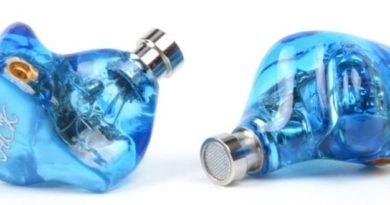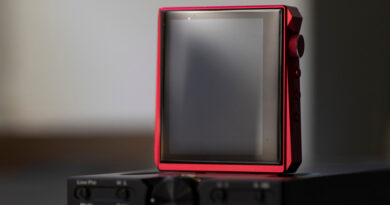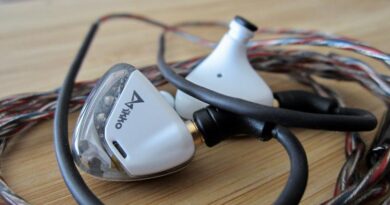Moondrop May IEM + Dongle Review – Oops They Did It Again, Digital Delight
In this Article
INTRO
Moondrop May has me looking forward to the spring given our latest arctic blast where we dipped colder than Siberia. Moondrop are notorious for challenging how much value you can get from a dynamic driver earphone. The uniqueness of the MOONDROP May is the built-in dac dongle EQ tuning feature strung unfortunately to the Android OS for now, but once adjusted can be carried across devices or applications.
Planar treble and a new Sapphire dynamic driver meld together to create something new from Moondrop Labs in the value realm with great technical abilities and optional electronic tuning in the more serious earphone price category.
DESIGN FEATURES
The Moondrop May only has a USB-C connection built into the solidly thicker than normal silver plated braided cable. Installing the tips was difficult feeling like perhaps the bore size was not matched well to the nozzle diameter, but once on they stay in place so not all a bad thing.
The unboxing experience was easier to open than past offerings and along with the mundane eartips and the detachable USB dongle cable is a premium leather zippered case that looks quite classy, but is bulky in the height dimension. It’s best in a bag or coat pocket, awkward in a pants pocket.
The Moondrop May departs from the shell shape that has been a staple through many models. I actually find the Moondrop May is less finicky for my ear shape and fits better. It is also quite isolating. Inside we have a new wideband Sapphire dynamic to handle up to 8khz where the 6mm annular planar driver takes over upper treble duty.
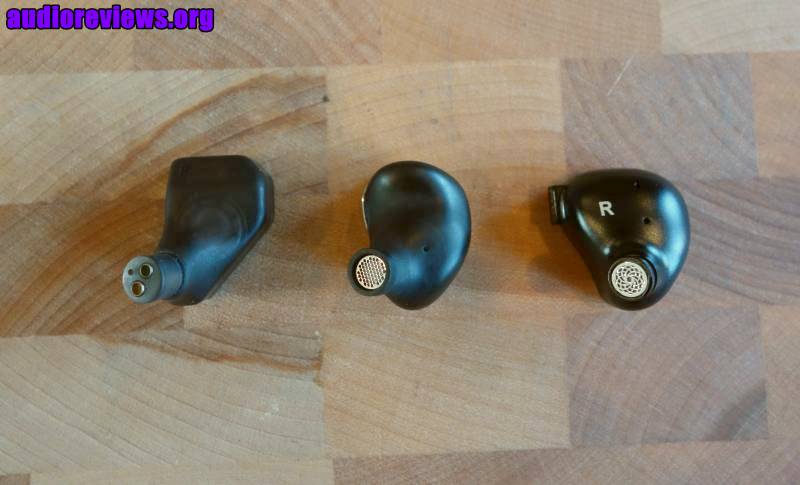
The USB dongle cable has minimal power drain, I measured only 0.01A or approximately 10mA of current draw. The convenient controls include coarse volume steps so a little change goes a long way, for finer control the DAP/phone may offer better control.
Play and pause are activated with the center button. There were in some instances a faint ringing tone that lasted about 2-3 seconds could be heard when paused or even as it switched to other songs, probably has to do with the noise filtering of the DAC, the EQ (perhaps they are using convolution or minimum phase filters) or the low pass filter used to abide by Nyquist theory. I have no way to flesh that out and determine what is causing it, other than I can notice it only in the moments of silence (not during song listening).
IOS users could still use it with a camera adapter or a newer device that has USB-C over the lightning connection. Those that manage to connect will have a different experience and not be able to fully utilize the design. Moondrop Link 2.0 is required to select EQ’s being USB-C and there is no 2.0 link app for IOS.
I am curious as to why there is no official store app. The Moondrop Link 2.0 like the original Link app is not on the Play store. You must allow 3rd party app access with the developer options. Some may view this as a security risk so use at your own peril. Users can create their own tunings and add them to the Moondrop repository by creating an account. Otherwise, you have mostly free range on the app.
It did appear buggy, sometimes my LG G8 would not recognize the device to make changes and I would have to restart the phone, but it was connected since music could be played through it. If I did not get the message to allow Moondrop to access the May, then I knew it would not be recognized. I have no way to tell if it was my phone, or the app.
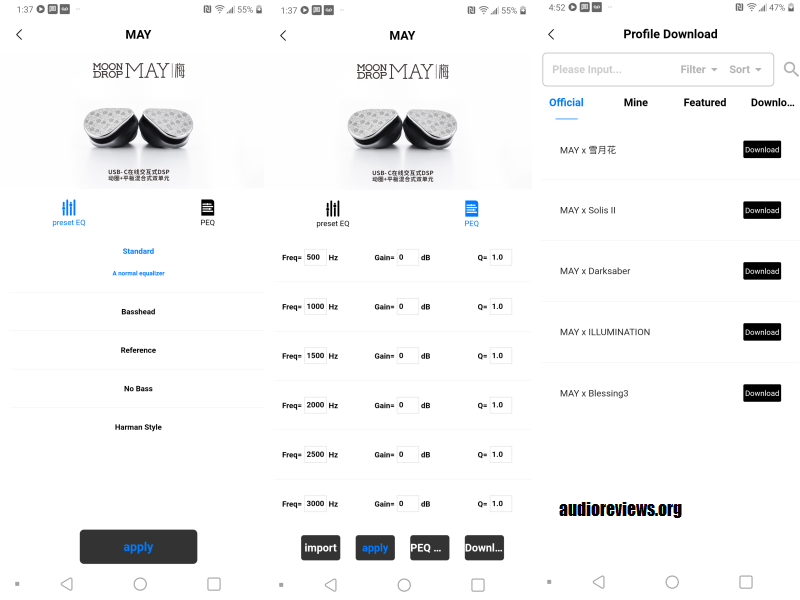
SOUND
Strangely, the out of the box tuning does not match any of the downloadable target curves. I measured it first before I started playing with any of the EQ settings and was surprised to find that oversight. I am not sure if this was on purpose or accident, but either way a bit concerning.
One question I have is what is it like without DSP? Being that the cable is detachable, I connected another cable just for funsies. Graph below, surprise it matches the out of the box tuning. So to answer the question of how to get a tuning that does not exist in the presets…use a different 0.78 2 pin non-dongle cable. Given the 10dB lower treble pinna gain, this might fit better with eastern style tuning. It is too forward for my preference.
The nice thing about the presets is you can hear the change instantly without actually hitting apply to lock it in. The presets are also different than just straight EQ because it will carry across any app or device you listen to them on. Ranking the presets for my personal tastes were Standard, Basshead, Reference, Harman, No Bass. Reference and No Bass were rather close and sound a bit thin in upper bass, but heavy on upper midrange/low treble gain.
The Harman setting was thunderous and weighty feeling even more so than the Basshead tune and it adds extra treble zing. For classic rock that might be missing some midbass tone and warmth, the Basshead is the way to go, but if you want more treble essence and further thickness go for the Harman. It also increased the upper treble with cymbal shimmer.
Standard has a minor bass lift somewhere between the reference and basshead. I find the Standard and reference pretty close to balanced, but occasionally the reference could feel too thin in the mids. Bass has a tight punch and snap with either of these presets, basshead and Harman adds some slowness and can come off bloated.
Mids and treble sound realistic and never dull, however like most Moondrop products the essence of air is where they pull back the reins. To fully utilize the annular planar driver, the Harman tuning adds more air and shimmer. Overall, there could be some extra contrast but nothing that worries me. The bones or structure is in place, I think the user has to embrace the electronic tunable nature of these and unlock the full potential. Transient response is quick as expected from the planar treble, especially with the smaller driver.
With some of the reference or no-bass presets it gets overpowering however less so than the Moondrop Starfield 2. Nothing sounds weird or off in the timbre department until you download some of the PEQ downloadable content to mimic the tunings of some of their other models.
The downloadable presets come from Moondrop, plus other users who have created accounts. I yearn for a reset button though, and also wish that by setting the presets it might carry over to the adjustable PEQ section so you could have a starting point, but add or subtract from the preset.
Regardless of tuning, the Moondrop May never felt too crowded and provided ample instrument separation front to back and side to side. Clarity is good and what is normally found at this price range I find them near on par with the excellent Sennheiser IE200. The standard tuning is also close to what you find on the Sennheiser IE200, but there will be some differences in the midrange. Sennheiser likes to give us a more vocal enhancement that blends with the overall tuning. Jazz and classical fans would be more satisfied with the IE200.
So I mentioned the Sennheiser IE200 is a close competitor and excellent overall, it gets an overwhelming positive stamp of approval from audiophiles, the general population takes issue with the cable and fitment. The Sennheiser is a new benchmark around the $130-150 price range. The Moondrop May is half the price and one of my favorites closer in price is the Truthear Hexa. It’s not going to best the Sennheiser, but recognize it can fill the gap.
With the Hexa you get balanced bass, and equal resolution and clarity, with additional treble presence that is boosted. It sounds more V shaped with less midrange presence. The Hexa fits with modern rock and pop music, where the Moondrop May is trying to straddle the mainstream and yet still appeal to audiophiles with a more proper timbre. The Truthears Hexa also has lower sensitivity and works better with more amplification.
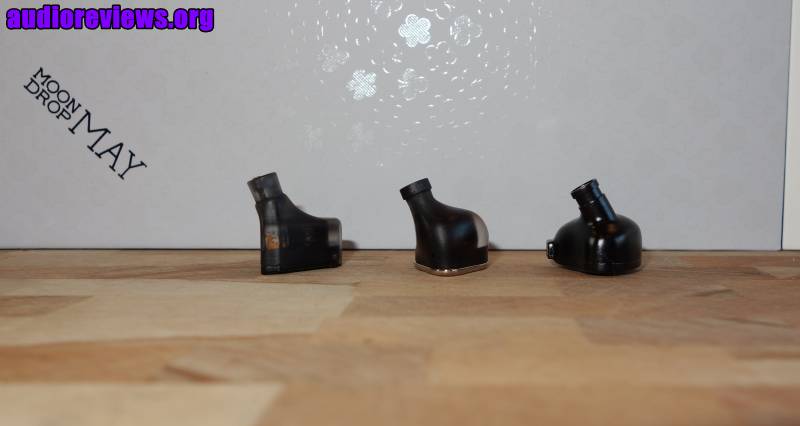
FINALE
Keeping in mind the Moondrop May is a $65 earphone with an attached DSP dongle it ticks off many boxes with caveats. Those being restrictions on connections and devices, app is only available on the Android platform (not even Windows or Mac OS), and has to be side loaded outside the Play store. It has technical abilities that set it apart from the ok entry level offerings, and could easily last a while without getting the itch to upgrade.
Great value too minus the bland eartips, this is a good one to have and safer to recommend over the Starfield 2. Much like the KZ VXS Pro, the built in DSP tuning is something that is carrying over from the powered professional studio monitors, and I think we will star to see more and more of this concept.
Disclaimer: We are grateful for Shenzhenaudio.com for providing the Moondrop May at zero cost and zero affiliate kickbacks for a thorough picking, poking and an occasional wet-willy.
PACKAGE CONTENTS
- May Earphones
- Detachable Cable
- Manual
- Leather Case
- Service Card
MOONDROP MAY SPECIFICATIONS
https://moondroplab.com/en/products/may
Moondrop USB-C Online Interactive DSP DD+Planar Hybrid Dual Drivers
Driver: 10mm Sapphire Plated Diaphragm Dynamic Driver + 6mm Annular Planar Magnetic Driver
Impedance: 30ohm +/-15% @ 1khz
Sensitivity: 120dB/Vrms @ 1khz
THD: <0.05% @ 1kHz
Frequency Response: 7Hz-39Khz
Effective Response: 20Hz-20Khz (IEC60318-4, 3dB)
Cable connection: 0.78-2Pin to USB-C
GRAPHS
- Left vs Right Out of the box (Note this is not one of the presets, but can be achieved with a non-dsp dac cable)
- Tuning Presets
- Out of the Box Tuning Compared to Non-dongle powered cable
- Moondrop May vs Sennheiser IE200 vs Truthears Hexa
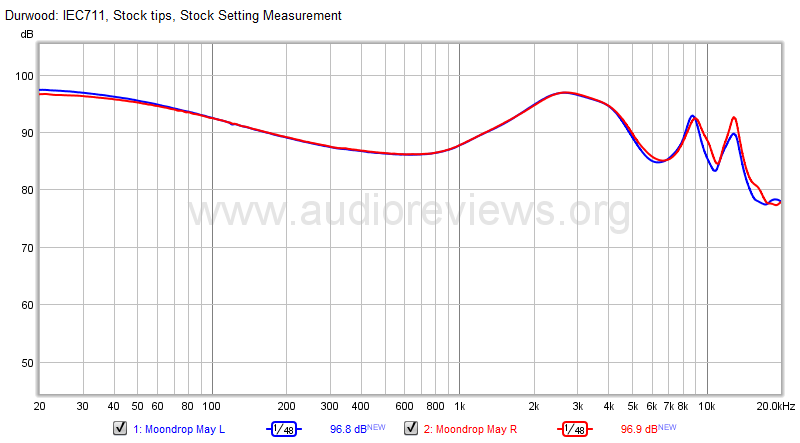
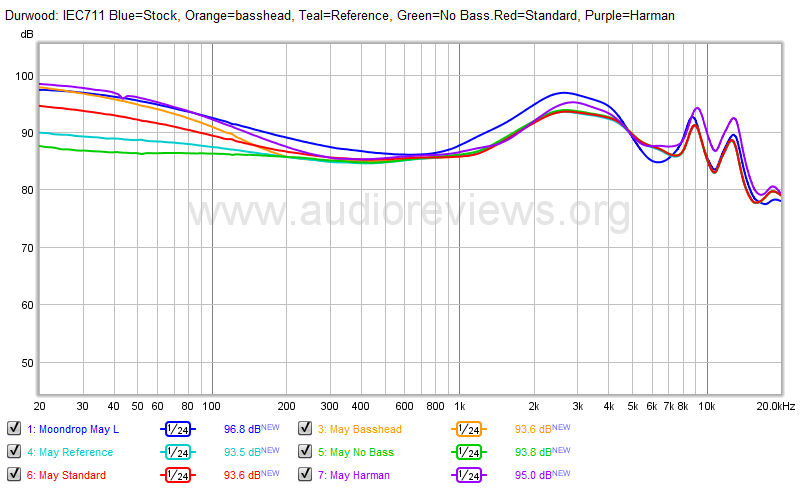
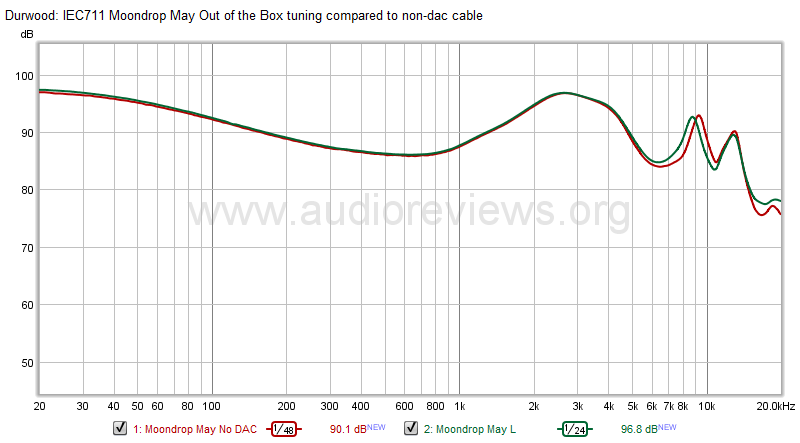
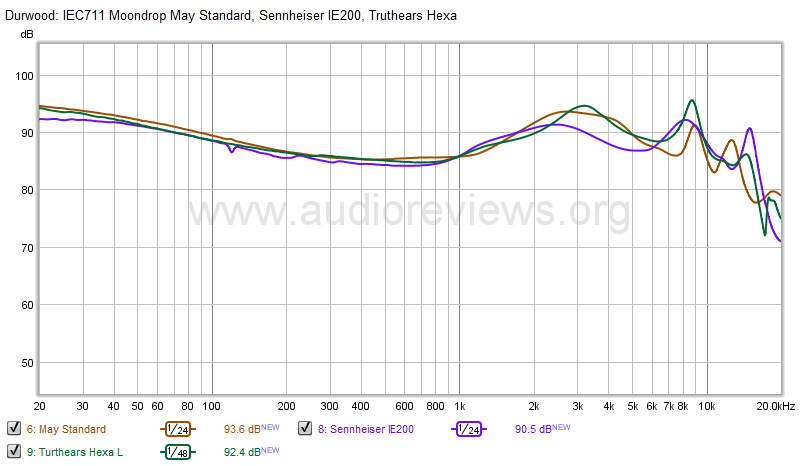
DISCLAIMER
Get it from Shenzhenaudio.com
Our generic standard disclaimer.




